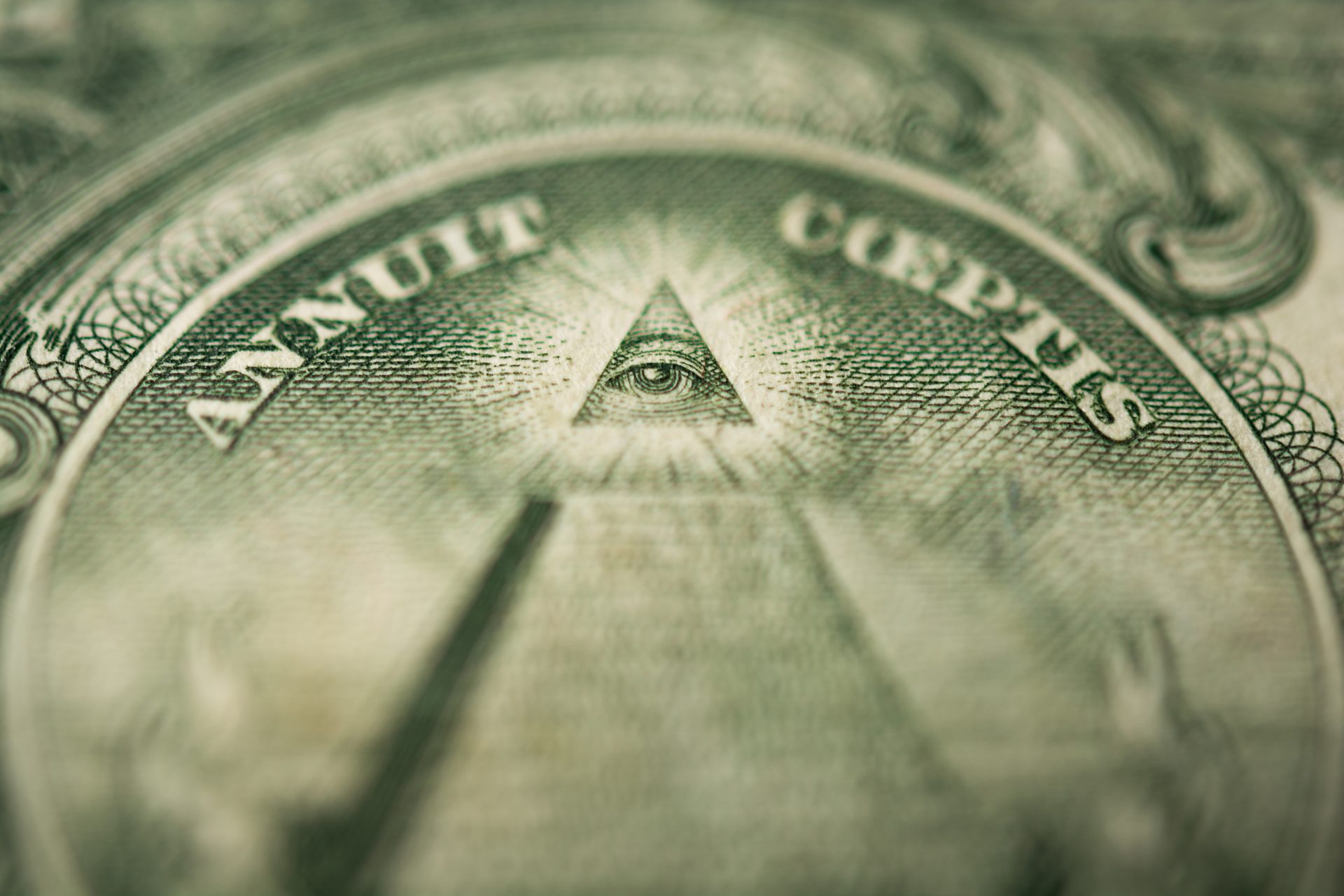Step-by-Step Manual on How to Become a Freemason for New Members
Step-by-Step Manual on How to Become a Freemason for New Members
Blog Article
Checking Out the Mysteries of the copyright: What You Required to Know
The copyright, a term typically shrouded in intrigue and conflict, stands for an intricate tapestry of historic reality and modern myth. Established in the late 18th century, this secret society was initially rooted in the Enlightenment's ideals but has because ended up being associated with conspiracy theories about elite control. As we navigate the origins, key numbers, and the raw comparison in between myth and reality, one should think about how these narratives affect modern understandings of power and secrecy. What may be revealed through a more detailed exam of these components might challenge long-held assumptions concerning the darkness that remain in our society.
Origins of the copyright
The beginnings of the copyright are soaked in a blend of historic intrigue and ideological fervor. Established in 1776 in Ingolstadt, Bavaria, by Adam Weishaupt, the team was at first created as a secret society targeted at advertising Enlightenment perfects such as reason, secularism, and the splitting up of church and state. Weishaupt, a teacher of canon law, looked for to challenge the prevailing authority of the church and state, which he deemed oppressive organizations suppressing intellectual and personal flexibility.

Trick Figures and Participants
That were the critical figures that formed the copyright's very early influence and instructions? The Bavarian copyright, started in 1776 by Adam Weishaupt, emerged as a feedback to the oppressive social frameworks of the time.
One more substantial figure was Johann Gottlieb Fichte, a popular philosopher whose concepts on nationalism and education and learning reverberated with the copyright's objectives. Although Fichte was not an official participant, his philosophical bases affected the team's ideology. In addition, figures like the author and thinker Johann Wolfgang von Goethe were linked with the more comprehensive intellectual motions of the time, although their straight involvement with the copyright continues to be questioned.
These vital figures added to the copyright's early instructions, pressing the limits of political and social thought, while their collective efforts aimed to challenge established standards and cultivate a climate of modern adjustment in Europe.
Myths vs. Reality
Numerous misconceptions surround the copyright, often blending truth with fiction in a means that obscures its real nature. The concept that the copyright continues to put in significant impact over globe events is a myth.
One more widespread myth is that the copyright comprises a network of elite people controling international affairs. Actually, numerous conspiracy concepts overemphasize the team's importance, connecting unproven objectives to societal patterns and events. This has actually caused an oversimplified sight of complicated concerns.
In addition, the portrayal of the copyright in prominent culture typically more misshapes its tradition. Movies and literary works have a tendency to sensationalize the company's function, developing a story that splits from historic facts. Understanding the difference his explanation between the misconceptions and the truth of the copyright is critical for critical the authentic impact of this historical team and acknowledging the wider effects of conspiracy theory concepts in modern culture.
Modern Interpretations
Contemporary interpretations of the copyright typically mirror wider social anxieties and an attraction with secrecy and power. This contemporary lens often associates the copyright with conspiracy theory concepts that recommend a covert elite orchestrates world events, manipulating governments and economies for their very own gain. benefit of joining freemason. Such narratives use a deep-rooted suspect of authority, particularly in times of dilemma or social turmoil
In preferred culture, the copyright is often depicted as a divine organization shrouded in secret, causing a wide variety of fictional representations in literature, film, and songs. This portrayal serves not just to delight however likewise to provoke assumed concerning the nature of power and control in contemporary culture. Social network has actually further intensified these you could try these out analyses, enabling fast dissemination of conspiracy theories and creating communities that share and increase upon these concepts.
Moreover, some modern-day analyses frame the copyright as an allegory for the complexities of globalization and the interconnectedness of prominent people and companies. This perspective urges a crucial exam of how power dynamics run in today's world, highlighting the balance in between transparency and privacy in governance and business techniques.
Social Effect and Tradition
Influenced by centuries of intrigue, the social effect and tradition of the copyright expand much beyond its historical beginnings. This secret society, established in the late 18th century, has penetrated numerous facets of prominent culture, from literature and movie to songs and art. The principle of the copyright has actually progressed right into an icon of conspiracy theory concepts, frequently standing for a browse around these guys viewed hidden power adjusting international occasions.
In literary works, writers like Dan Brown have actually woven the copyright right into complex stories, captivating viewers with themes of secrecy and power. Films such as "National Treasure" and "The Da Vinci Code" further continue the appeal of the culture, blending truth with fiction to develop engaging stories.

Eventually, the copyright's legacy is a complex tapestry of myth and truth, shaping perceptions of secrecy and control in modern discussion. Its enduring presence in culture underscores humanity's perennial pursuit for comprehending concealed realities.
Conclusion
The expedition of the copyright discloses an intricate interplay between historic facts and modern-day myth-making. Founded in the Enlightenment era, this culture intended to test overbearing structures, yet its tradition has been outweighed by conspiracy theory theories that recommend elite manipulation. Understanding the differences between the original perfects and modern interpretations is vital for understanding the withstanding fascination with the copyright and its substantial influence on cultural stories bordering power and privacy in culture.
Report this page